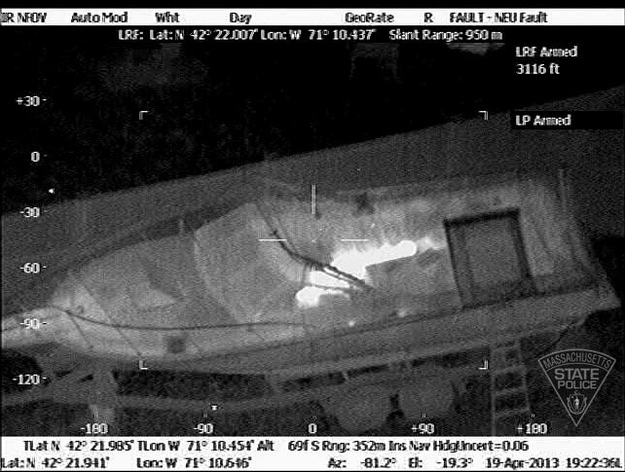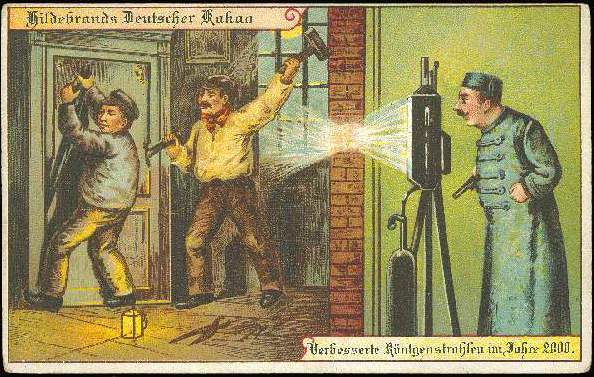Though she has made the claim that she is a descendant of John Witherspoon, signatory of the Declaration of Independence from New Jersey, it has not been verified.
While Reese has in fact made this claim, the Society has not be able to verify it with our records. The genealogical position is “if you cannot document it, you cannot claim it”. She has not been able to document it. I suspect one of the issues here is that many folks get descendant and related to mixed up, so it is possible that Reese is somehow related to the Signer, but she is not a descendant of the Signer. When you consider that over 250,000 Scotsmen immigrated to this country between 1720 and 1750, and that many of them ended up in the Appalachian region of the Southeast and that Witherspoon is a widespread Scotch surname, I suspect that when Reese does her homework, she will find her family in is this group.
It seems tonight is the night to pile on her. This is the best I got.
I did like Legally Blonde. When I saw it in High School, I had no idea what an LSAT was. 179? No big deal, right?
Another bit of trivia:
Producers originally wanted to set the film at The University of Chicago. School administrators declined, however, because of a scene toward the end of the movie where a professor places his hand on Elle’s leg. Filmmakers subsequently decided to have the story take place at Harvard University.
Recently, a friend was trying to impress me, and said, “The law is reason, free from passion.” I asked, did you get that from Legally Blonde. Yep.

